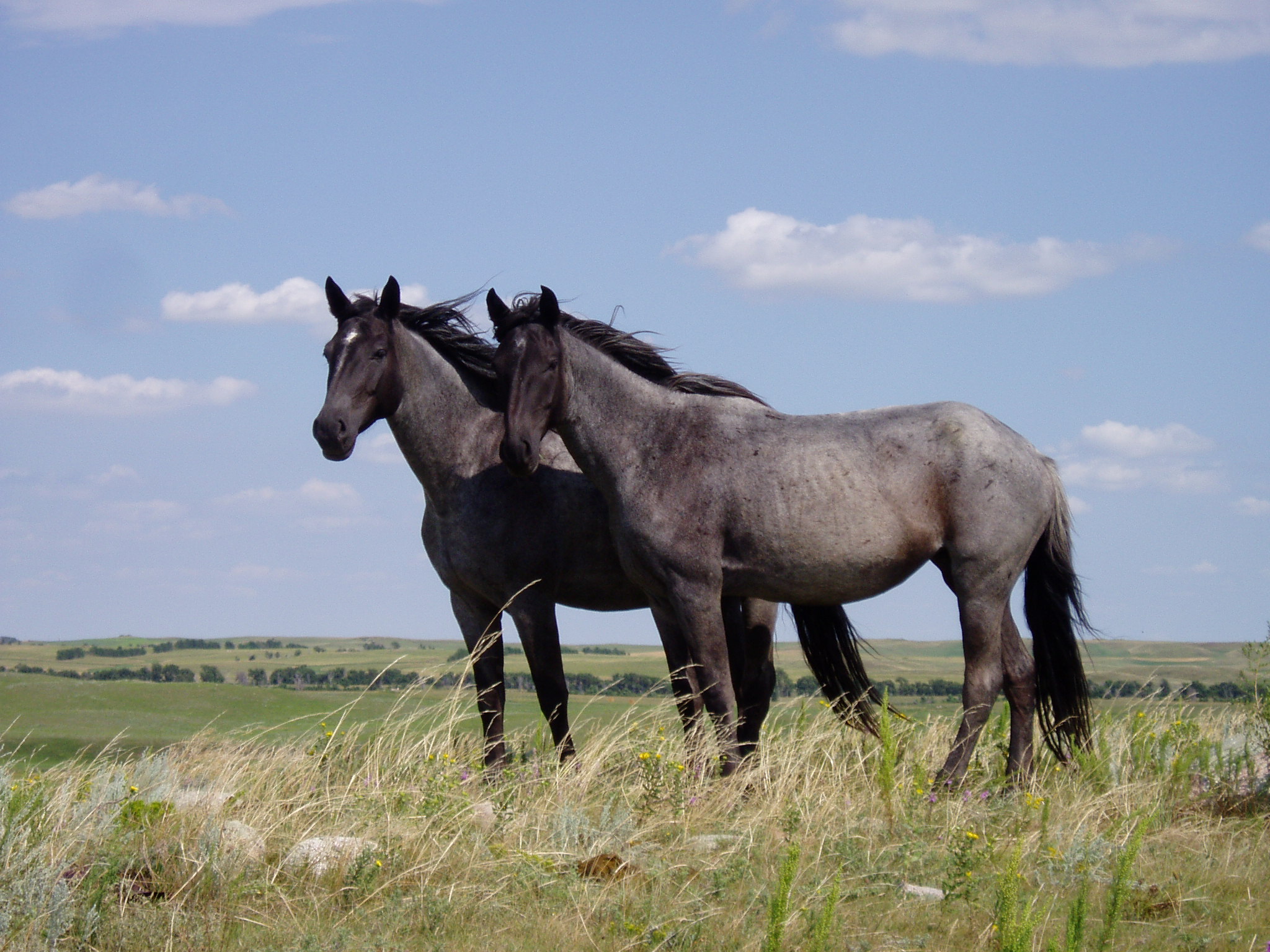
Welcoming Home Your New Animal
With the holidays fast approaching, many people are debating on surprising their loved ones with a new pet. Welcoming a pet to their new home is a very important process and, depending on the animal, the steps can differ but completing them ensures your animal the best opportunity to adjust to their new environment.
DOGS

When bringing a new dog home, its best to start by gathering all the supplies you will need; food and treats, leash, water and food bowls, and a crate or kennel if you plan on using one. Next, develop a plan for your two-legged family and decide what care will be carried out by different family members. Taking care of this ahead of time allows everyone to be on the same page and establishes structure for both your family and your dog.
After a plan is in place, evaluating your home and yard for your new dog is vitally important. Restricting access to parts of the house, removing or relocating temptations like food and trashcans, and thoroughly inspecting your yard for fencing faults and hidden dangers are excellent places to start.
After arriving home, allowing your new dog time to explore the yard and the outside of your house prior to heading inside. Establish an area for your pet to go to the bathroom and reward them when they choose that area. Have family members meet the dog outside one at a time. Make sure they stay calm and allow the animal to dictate the interaction by having the dog walk up to them. This can be stressful and doing all you can to let your dog adapt on their own terms can prove very beneficial. Of course, having treats handy is always a good idea when introducing new people!
Next, while still on leash, bring your new dog inside and give them a tour of the predetermined dog friendly places in your home.
Once the tour is completed, allow your new dog some quiet time to acclimate to their new environment while observing their behavior. A kennel can serve this purpose well as it acts as a separate room for your pet and often provides a sense of safety. Although your new dog may already be house trained, new environments often require a reestablishment of behaviors so don’t worry if your new pet is slow to recover this training.
Lastly, if you have other dogs, it is best to introduce them outside in a somewhat neutral area.
More Resources:
Humane Society: https://goo.gl/P37hrJ
Animal Rescue League of Boston: https://goo.gl/4huQIy
CATS

When bringing home a new cat, be prepared with all the supplies you will need; food and water bowls, food, a litter box and litter and a scratching post or strips. Be sure to ask what food and litter was used before taking the cat home so that you can replicate his previous environment as closely as possible. As cats are usually slower to acclimate, it is best to allow up to 14 days for the cat to adjust to their new environment.
During this time period, be observant of their behavior. Meet and greets should be restricted to only people that will be around the cat frequently. Cats are often aloof at first and sleep or rest in unconventional places but are apt to become more friendly and social as they adjust to their new surroundings.
Provide your cat with hiding places around the house. Dark shelters in corners or observations points high off the ground are great places for your cat to view their new environment and retain a sense of safety.
After the first few weeks, your cat should be adjusting to their new environment and you can now begin slowly changing their food and litter if needed.
More Resources:
Best Friends: https://goo.gl/iSOHNM
Pet Finder: https://goo.gl/KtXi1f
HORSES

Upon arrival to the new environment, make sure your horse has ample water and feed that matches what they were eating previously. Horses are notorious for developing colic or digestive health concerns when feed changes are made abruptly. Asking questions and doing all you can to match or closely match their previous feeding regimen can help derail these potential problems.
Transitioning a horse into a new environment requires hands on attention and spending time bonding with them by grooming or hand walking can be immensely helpful. The more time spent with them, the more likely they are to become comfortable around you and their new environment quickly.
If there are other horses at the home or stable, it is best to isolate the new horse for a few days before introducing them. After this isolation period, introduce the new horse to any others who may be sharing their space. Performing this introduction with a barrier can be helpful when starting, in the event there are disagreements. Horses are herd animals and, while they can transition alone, the process is eased when there are other horses or animals in the home.
As your horse spends more time in their new environment, keep an eye on their behavior and eating patterns. If normal eating patterns are interrupted, there may be underlying problems that can only be diagnosed by a veterinarian. Though it can vary, horses typically take about two weeks to adjust to new environments.
More Resources:
Holistic Horse: https://goo.gl/FH2aTz
Of Horse: https://goo.gl/xCZZPI

